Two years ago, I wrote about prefers-reduced-motion, a media query introduced into Safari 10.1 to help people with vestibular and seizure disorders use the web. The article provided some background about the media query, why it was needed, and how to work with it to avoid creating disability-triggering visual effects.
The article was informed by other people’s excellent work, namely Orde Saunders’ post about user queries, and Val Head’s article on web animation motion sensitivity.
We’re now four months into 2019, and it makes me happy to report that we have support for the feature in all major desktop browsers! Safari was first, with Firefox being a close second. Chrome was a little late to the party, but introduced it as of version 74.
Desktop
| Chrome |
Opera |
Firefox |
IE |
Edge |
Safari |
| 74 |
No |
63 |
No |
No |
10.1 |
Mobile / Tablet
| iOS Safari |
Opera Mobile |
Opera Mini |
Android |
Android Chrome |
Android Firefox |
| 10.3 |
No |
No |
No |
No |
No |
While Microsoft Edge does not have support for prefers-reduced-motion, it will become Chrome under the hood soon. If there’s one good thing to come from this situation, it’s that Edge’s other excellent accessibility features will (hopefully) have a good chance of being back-ported into Chrome.
Awareness
While I’m happy to see some websites and web apps using the media query, I find that it’s rare to encounter it outside of places maintained by people who are active in CSS and accessibility spaces. In a way, this makes sense. While prefers-reduced-motion is relatively new, CSS features and functionality as a whole are often overlooked and undervalued. Accessibility even more so.
It’s tough to blame someone for not using a feature they don’t know exists, especially if it’s relatively new, and especially in an industry as fast-paced as ours. The deck is also stacked in terms of what the industry prioritizes as marketable, and therefore what developers pay attention to. And yet, prefers-reduced-motion is a library-agnostic feature that ties into Operating System-level functionality. I’m pretty sure that means it’ll have some significant staying power in terms of reward for time spent for skill acquisition.
Speaking of rewards, I think it’s also worth pointing out the true value prefers-reduced-motion represents: Not attracting buzzword-hungry recruiters on LinkedIn, but improving the quality of life for the people who benefit from the effect it creates. Using this media query could spare someone from having to unnecessarily endure a tremendous amount of pain for simply having the curiosity to click on a link or scroll down a page.
The people affected
When it comes to disability, many people just assume “blind people.” The reality is that disabilities are a complicated and nuanced topic, one that is surprisingly pervasive, deeply personal, and full of unfortunate misconceptions. It's also highly variable. Different people are affected by different disability conditions in different ways — extending to a wide gamut of permanent, temporary, environmental, and situational concerns. Multiple, compounding conditions can (and do) affect individuals, and sometimes what helps one person might hinder another. It’s a difficult, but very vital thing to keep in mind.
If you have a vestibular disorder or have certain kinds of migraine or seizure triggers, navigating the web can be a lot like walking through a minefield — you’re perpetually one click away from activating an unannounced animation. And that’s just for casual browsing.
If you use the web for work, you might have no choice but to endure a web app that contains triggering animations multiple times a week, or even per day or hour. In addition to not having the autonomy to modify your work device, you may also not have the option to quickly and easily change jobs — a privilege easily forgotten when you’re a specialized knowledge worker.
It’s a fallacy to assume that a person is aware of their vestibular disorder, or what triggers it. In fact, sometimes the initial triggering experience exacerbates your sensitivity and makes other parts of a design difficult to use. Facundo Corradini shares his experience with this phenomenon in his article, “Accessibility for Vestibular Disorders: How My Temporary Disability Changed My Perspective.”
Not all assistive technology users are power users, so it’s another fallacy to assume that a person with a vestibular disorder is aware of, or has the access rights to enable a motion-reducing Operating System setting or install a browser extension.
Think of someone working in a large corporation who has to use a provisioned computer with locked-down capabilities. Or someone who isn’t fully aware of what of their tablet is capable of doing past browsing social media, watching video, and messaging their family and friends. Or a cheap and/or unorthodox device that will never support prefers-reduced-motion feature — some people purchase discontinued devices such as the Windows Phone specifically because their deprecation makes them affordable.
Do these people deserve to be hurt because of their circumstances? Of course not.
Considering what’s harmful
You can tie harm into value, the same way you can with delight. Animation intended to nudge a person towards a signup could also drive them away. This kind of exit metric is more difficult to quantify, but it definitely happens. Sometimes the harm is even intentional, and therefore an easier datapoint to capture — what you do with that information is a whole other issue.
If enough harm happens to enough people, it affects that certain something we know as branding. This effect doesn’t even need to be tied to a disability condition. Too much animation, applied to the wrong things in the wrong way will drive people away, even if they can’t precisely articulate why.
You also don’t know who might be on the receiving end, or what circumstances they’re experiencing the moment they load your website or web app. We can’t — and shouldn’t — know this kind of information, either. It could be a prospective customer, the employee at a venture capitalist firm tasked with evaluating your startup, or maybe even your new boss.
We also don’t need to qualify their relationship to us to determine if their situation is worth considering — isn’t it enough to just be proactively kind?
Animation is progressive enhancement
We also need to acknowledge that not every device that can access the web can also render animation, or render animation smoothly. When animation is used on a low-power or low quality device that “technically” supports it, the overall user experience suffers. Some people even deliberately seek this experience out as a feature.
Devices may also be set to specialized browsing modes to allow people to access your content in alternate ways. This concept is known as being robust, and is one of the four high-level principles that govern the guidelines outlining how to craft accessible experiences.
Animation might not always look the way you intend it in these modes. One example would be when the viewport is zoomed and the animation isn’t built using relative units. There’s a non-trivial chance important parts might be pushed out of the viewport, leaving the animation appearing as a random collection of flickering bits. Another example of a specialized browsing mode might be Reader Mode, where the animation may not appear at all.
Taking it to code
Considering all this, I’m wondering if there are opportunities to help web professionals become more aware of, and therefore more considerate of the downsides of poorly conceived and implemented animation.
Maybe we proactively incorporate a media query high up in the cascade to disable all animation for those who desire it, and for those who have devices that can’t support it. This can be accomplished by targeting anything where someone has expressed a desire for a low-to-no-animation experience, or any device that has a slow screen refresh rate.
The first part of the query, targeting low-to-no-animation, is done via prefers-reduced-motion. The second, targeting a screen with a low refresh rate, uses update. update is a new media feature that allows us to “query the ability of the output device to modify the appearance of content once it has been rendered.”
@media screen and
(prefers-reduced-motion: reduce),
(update: slow) {
* {
animation-duration: 0.001ms !important;
transition-duration: 0.001ms !important;
}
}
This code forces all animation that utilizes a declaration of animation-duration or transition-duration to conclude at a rate that is imperceptible to the human eye. It will work when a person has requested a reduced motion experience, or the device has a screen with a slow refresh rate, say e-ink or a cheap smartphone.
Retaining the animation and transition duration also ensures that any functionality that is tied to CSS-based animation will activate successfully (unlike using a declaration of animation: none), while still preventing a disability condition trigger or creating rendering lag.
This declaration is authored with the intent of introducing some intentional friction into our reset styles. Granted, it’s not a perfect solution, but it does drive at a few things:
- Increasing the chances of developers becoming aware of the two media features, by way of making them present in the cascade of every inspected element.
- Providing a moment to consider why and how animation will be introduced into a website or web app, and what the experience should be like for those who can’t or don’t want to experience it.
- Encouraging developers who are less familiar with CSS to think of the cascade in terms of components and nudge them towards making more easily maintainable stylesheets.
Animation isn’t unnecessary
In addition to vestibular disorders and photosensitive conditions, there’s another important aspect of accessibility we must consider: cognitive disabilities.
Cognitive disabilities
As a concern, the category is wide and often difficult to quantify, but no less important than any other accessibility discipline. It is also far more prevalent. To expand on this some, the World Health Organization reports an estimated 300 million people worldwide are affected by depression, a temporary or permanent, environmental and/or biological condition that can significantly impair your ability to interact with your environment. This includes interfering with your ability to understand the world around you.
Animation can be a great tool to help combat some forms of cognitive disability by using it to break down complicated concepts, or communicate the relationship between seemingly disparate objects. Val Head’s article on A List Apart highlights some other very well-researched benefits, including helping to increase problem-solving ability, recall, and skill acquisition, as well as reducing cognitive load and your susceptibility to change blindness.
Reduce isn’t necessarily remove
We may not need to throw the baby out with the bathwater when it comes to using animation. Remember, it’s prefers-reduced-motion, not prefers-no-motion.
If we embrace the cascade, we can work with the animation reset code described earlier on a per-component basis. If the meaning of a component is diminished by removing its animation altogether, we could slow down and simplify the component’s animation to the point where the concept can be communicated without potentially being an accessibility trigger.
If you’re feeling clever, you might even be able to use CSS Custom Properties to help achieve this in an efficient way. If you’re feeling extra clever, you could also use these Custom Properties for a site-wide animation preferences widget.
In the following code sample, we’re defining default properties for our animation and transition durations, then modifying them based on the context they’re declared in:
/* Set default durations */
:root {
--animation-duration: 250ms;
--transition-duration: 250ms;
}
/* Contextually shorten duration length */
@media screen and (prefers-reduced-motion: reduce), (update: slow) {
:root {
--animation-duration: 0.001ms !important;
--transition-duration: 0.001ms !important;
}
}
@media screen and (prefers-reduced-motion: reduce), (update: slow) {
/* Remove duration for all unknown animation when a user requests a reduced animation experience */
* {
animation-duration: var(--animation-duration);
transition-duration: var(--animation-duration);
}
}
/* Update the duration when animation is critical to understanding and the device can support it */
@media screen and (prefers-reduced-motion: reduce), (update: fast) {
.c-educational-concept {
/* Set a new animation duration scoped to this component */
--animation-duration: 6000ms !important;
...
animation-name: educational-concept;
/* Use the scoped animation duration */
animation-duration: var(--animation-duration);
}
}
However, trying to test the effectiveness of this slowed-down animation puts us in a bit of a pickle: there’s no real magic number we can write a test against.
We need to have a wide representation of people who are susceptible to animation-based disability triggers to sign off on it being safe, which unfortunately involves subjecting them to something that may potentially not be. That’s a huge ask.
A better approach is to ask about what kinds of animation have been triggers for them in the past, then see if what they describe matches what we’ve made. This approach also puts the onus on yourself, and not the person with a disability, to do the work to provide accommodation.
If you’re having trouble finding people, ask your friends, family, and coworkers — I’m sure there’s more people out there than you think. And if you need a good starting point for creating safer animation, I once again urge you to read Val’s article on A List Apart.
Neurodivergence
There’s a lot to unpack here, and I’m not the most qualified person to talk about it. Here’s what my friend Shell Little, an Accessibility Specialist at Wells Fargo DS4B, has to say about it:
Web animation as it relates to Neurodivergence (ND) can be a fantastic tool to guide users to solidify meaning and push understanding. The big issue is the same animation that can assist one group of ND users can create a barrier for another. As mentioned by Eric, Neurodivergence is a massive group of people with a vast range of abilities and covers a wide variety of cognitive disabilities including but not limited to ADHD, autism, dyslexia, epilepsy, dyscalculia, obsessive-compulsive disorder, dyspraxia, and Tourette syndrome.
When speaking about motion on the web it’s important we think specifically about attention-related disabilities, autism, and sensory processing disorders that are also closely linked to both. These groups of people, who coincidentally includes me, are especially sensitive to motion as it relates to understanding information and interacting with the web as a whole. Animations can easily overwhelm, distract, and frustrate users who are sensitive to motion and from personal experience, it can even do all three at once.
Because so many people are affected by motion and animation on the web the W3C’s WCAG have a criterion named Pause, Stop, Hide that is specifically written to guide content creators on how to best create accessible animations. My main issues with this guideline are, it only applies to animations that last longer than 5 seconds and motion that is deemed essential is exempt from the standard. That means a ton of animations that can create barriers such as distraction, dizziness, and even harm are out there in the wild.
It makes sense, as Eric mentioned, that we can’t get rid of all animation. Techniques such as spinners let users know the page is still working on the task it was given, and micro-interactions help show progression. But depending on someone’s brain, the things that are helpful at lunch can be a barrier later that night. Someone’s preferences and needs shift throughout their day, and that’s the beauty of prefers-reduced-motion. It has the potential to be what fills the gaps left by Pause, Stop, Hide and allow users to decide when they do or do not want to have motion. That right there is priceless to someone like me.
As someone with an attention-related disability, an interaction I have found to be exceedingly frustrating is autoplay. Many media sharing sites have auto-playing content such as videos, gifs, and ads but because they can be paused, they pass the WCAG standard. That doesn’t mean they aren’t a huge barrier for me as I can’t read any text around them when they are playing. This causes me to have to pause every single moving item I run into. This not only significantly slows me down, and eats away at my limited spoons, but it also derails my task flow and train of thought. Now, it is true some sites — such as Twitter and LinkedIn — have settings to turn autoplay off, but this isn’t true for all sites. This would be a perfect place for prefers-reduced-motion.
In a world where I would be able to determine when and if I want videos to start playing at me, I would be able to get more done with less cognitive strain. prefers-reduced-motion is freedom for me and the millions of people whose brains work like mine. In sum, the absolute best thing we can do for our users who are sensitive to motion is to put a system in place that empowers them to decide when and where animation should be displayed to them. Let the user decide because they will always know their access needs better than we do.
Thanks, Shell!
I don’t hate fun, I just don’t want to hurt people
On my own time, I’m fortunate enough to be able to enjoy animation. I appreciate the large amounts of time and attention involved with making something come alive on the screen, and I’ve definitely put my fair share of time ooh-ing and aah-ing over other people’s amazing work in CodePen. I’ve also watched enough DC Animated Universe to be able to instantly recognize Kevin Conroy’s voice — if you’re looking for even deeper nerd cred, Masaaki Yuasa is a seriously underrated animator.
However, I try to not overly rely on animation as a web professional. There’s a number of factors as to why:
- First is simply pushing on awareness of the concerns outlined earlier, as many are unaware they exist. Animation has such a crowd-pleasing gee-whiz factor to it that it’s often quickly accepted into a product without a second thought.
- Second is mitigating risk. Not adhering to the Web Content Accessibility Guidelines (WCAG) — including provisions for animation — means your inaccessible website or web app becomes a legal liability. There is now legal precedent for the websites and web apps of private companies being sued, so it’s a powerful metric to weigh your choices against.
- Third is user experience. With that gee-whiz factor, people tend to forget that being forced to repeatedly view that super-slick animation over and over again will eventually become a tedious chore. There’s a reason why we no longer make 90s-style loading screens (content warning: high-contrast strobing and flickering, Flash, mimes). If you need a more contemporary example, consider why Netflix lets us skip TV show intros.
- Fourth is understanding the lay of the land. While
prefers-reduced-motion is getting more support, the majority of it is on desktop browsers, and not mobile. We’re not exactly a desktop-first world anymore, especially if you’re in an underserved community or emerging market. A mobile form factor also may exacerbate vestibular issues. Moving around while using your device means you may lose a fixed reference point, unlike sitting at a desk and staring at a monitor — this kind of trigger is similar to why some of us can get seasick.
- The fifth factor is a bit of a subset of the fourth. Animation eats device data and battery, and it’s important to remember that it’s the world wide web, not the wealthy Western web. The person using your service may not have consistent and reliable access to income or power, so you want to get to know your audience before spending their money for them.
The ask
Not everyone who could benefit from prefers-reduced-motion cares about accessibility-related content, so I’d love to see the media query start showing up in the code of more popular sites. The only real way to do this is to spread awareness. Not only of the media query, but more importantly, understanding the nuance involved with using animation responsibly.
CSS-Tricks is a popular website for the frontend industry, and I’m going to take advantage of that. If you feel comfortable sharing, what I would love is to describe what kinds of animation have been problematic for you, in either the comments or on Twitter.
The idea here is we can help build a reference of what kinds of things to be on the lookout for animation-wise. Hopefully, with time and a little luck, we can all help make the web better for everyone.
Thanks to Scott O’Hara, Zach Leatherman, Shell Little, and Geoff Graham for reviewing this article.
The post Revisiting prefers-reduced-motion, the reduced motion media query appeared first on CSS-Tricks.
from CSS-Tricks https://css-tricks.com/revisiting-prefers-reduced-motion-the-reduced-motion-media-query/
Revisiting prefers-reduced-motion, the reduced motion media query was originally published to Instant Web Site Tools
source
https://www.instant-web-site-tools.com/2019/04/30/revisiting-prefers-reduced-motion-the-reduced-motion-media-query/












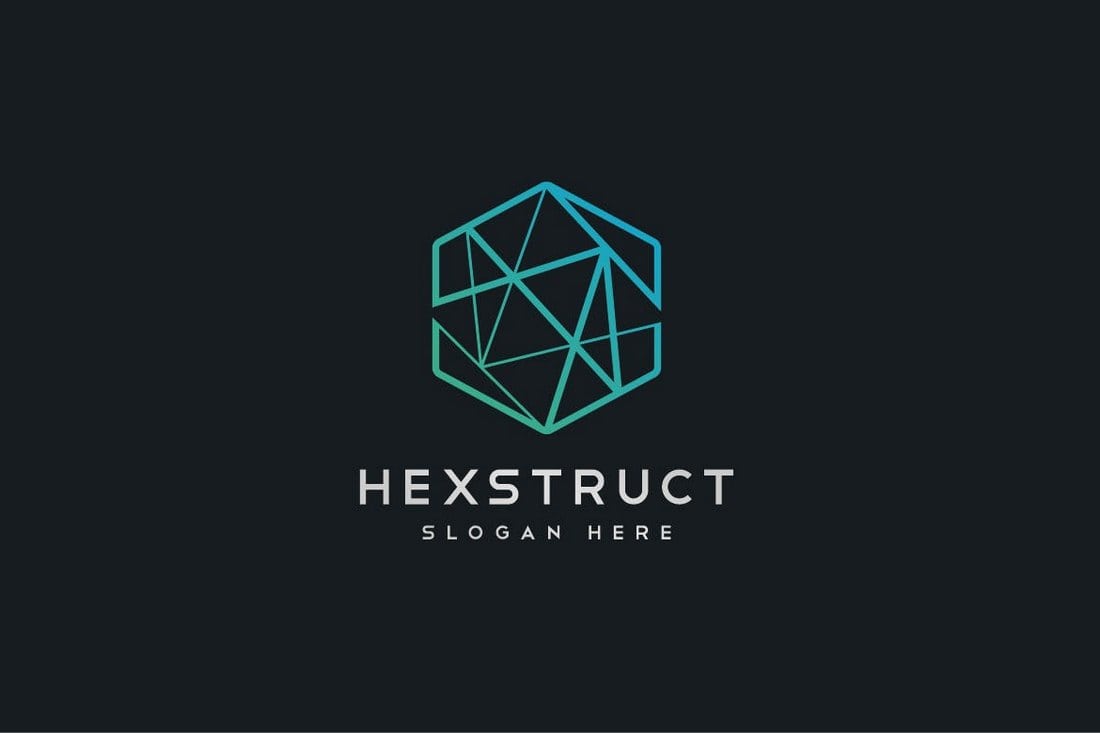

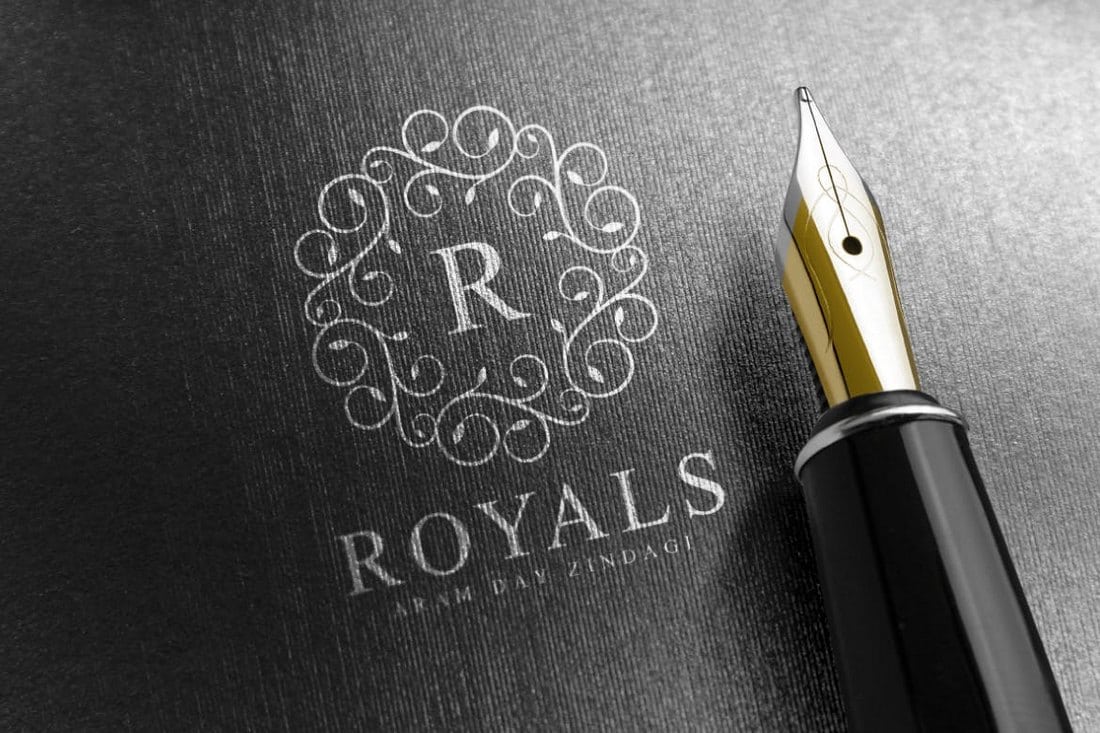
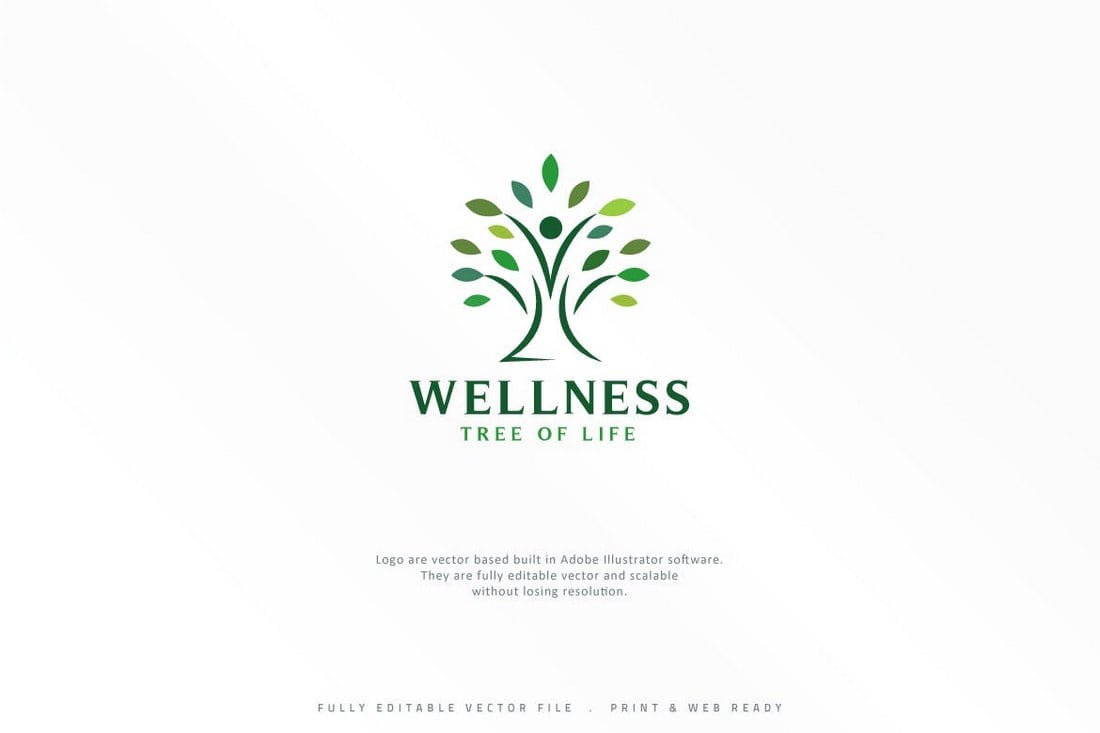

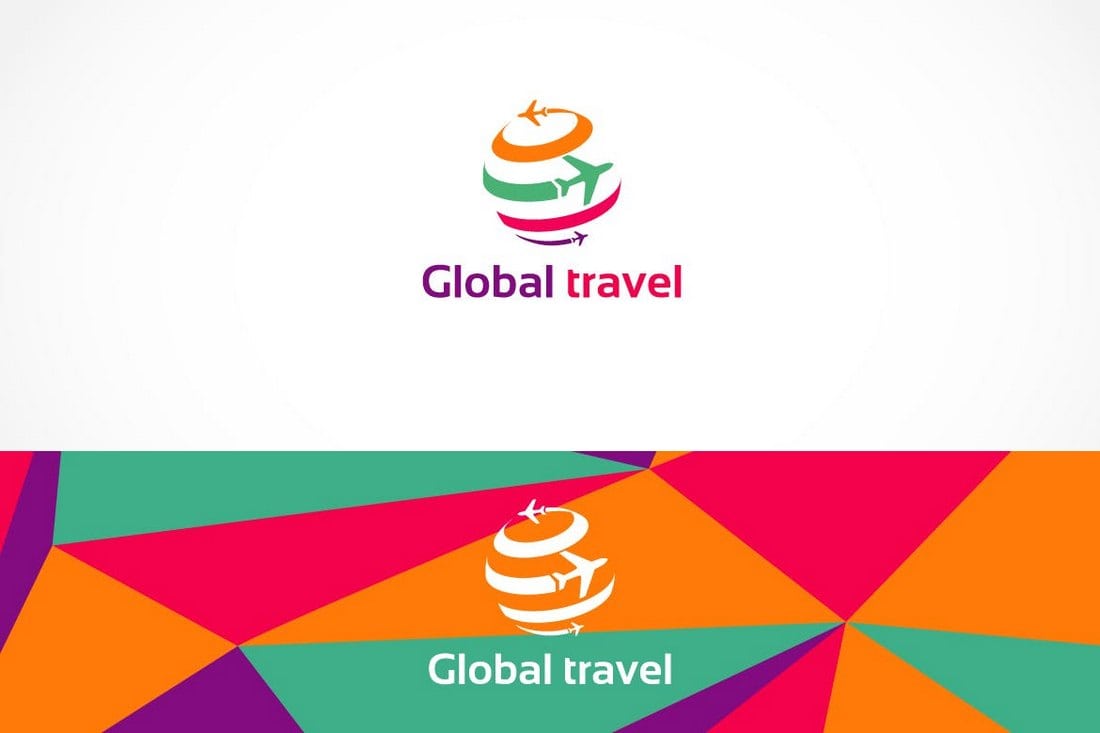
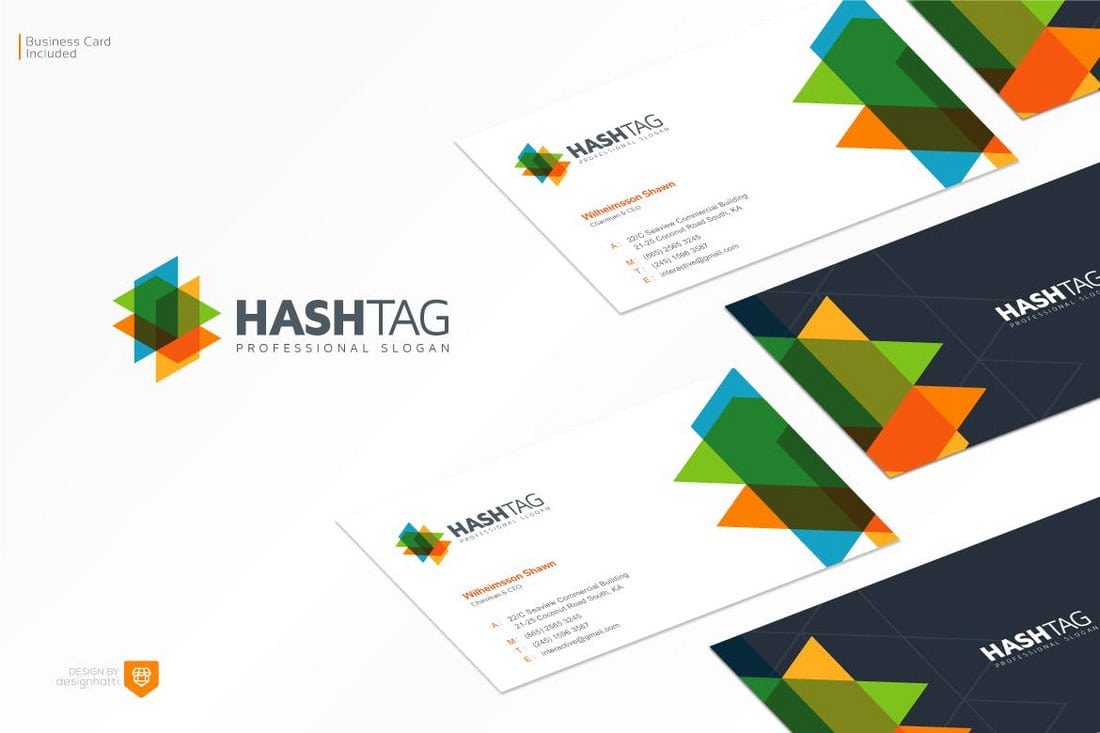
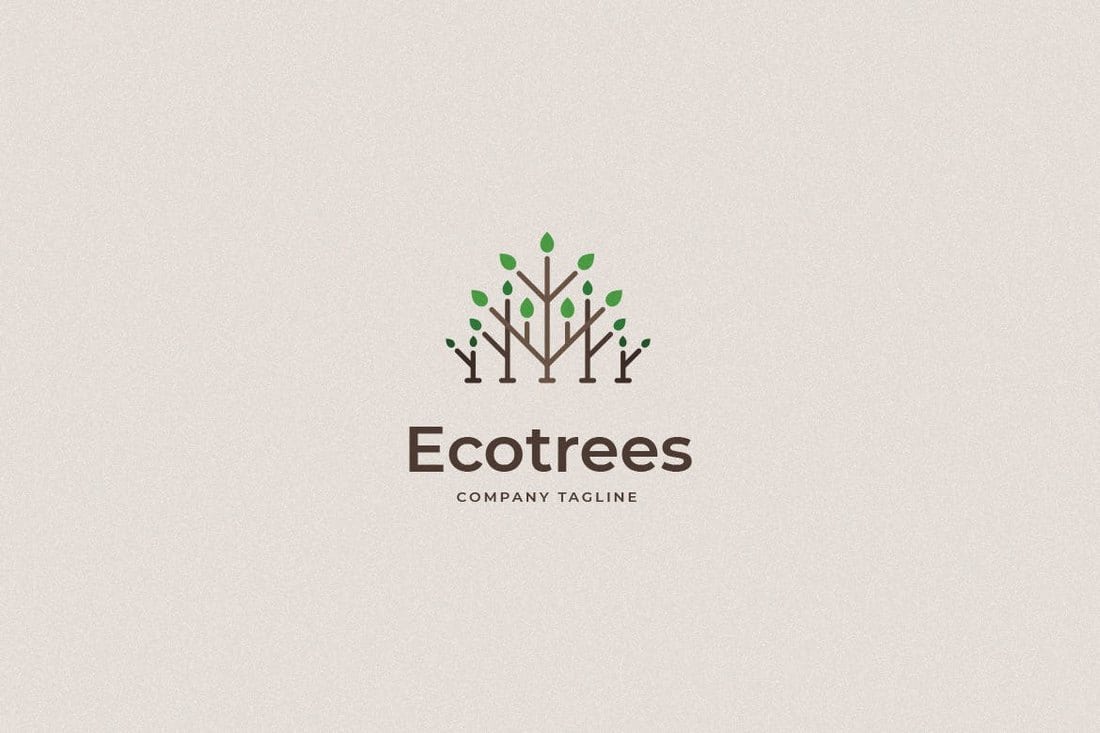

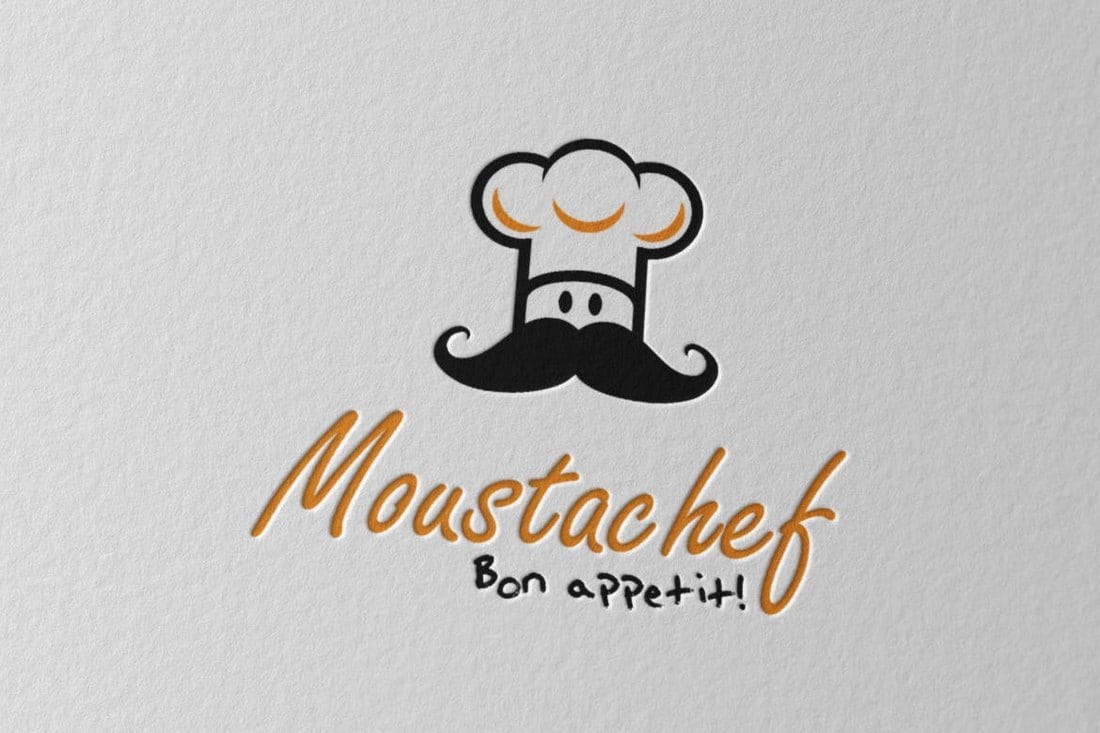



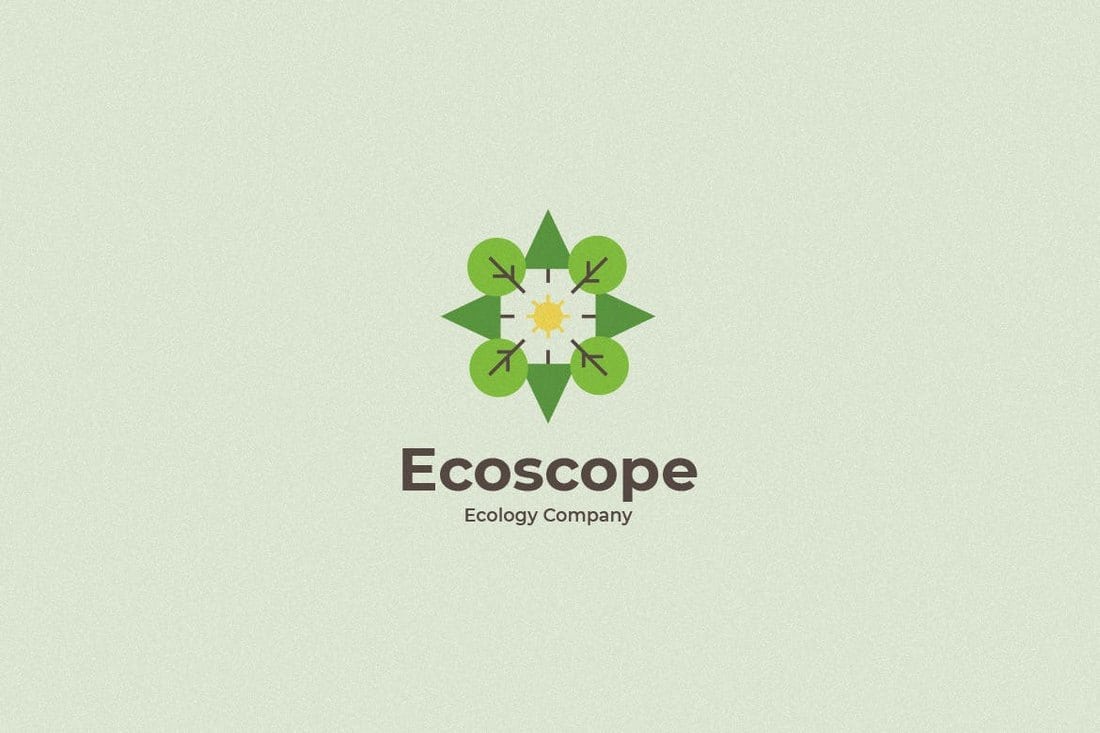
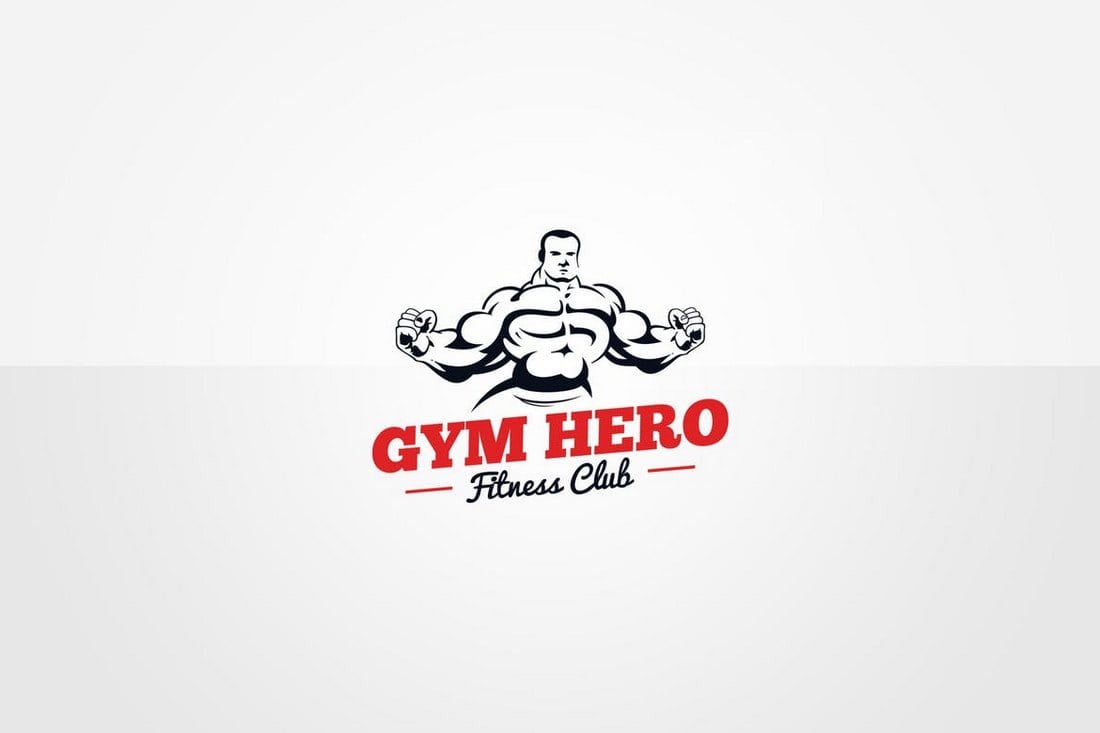



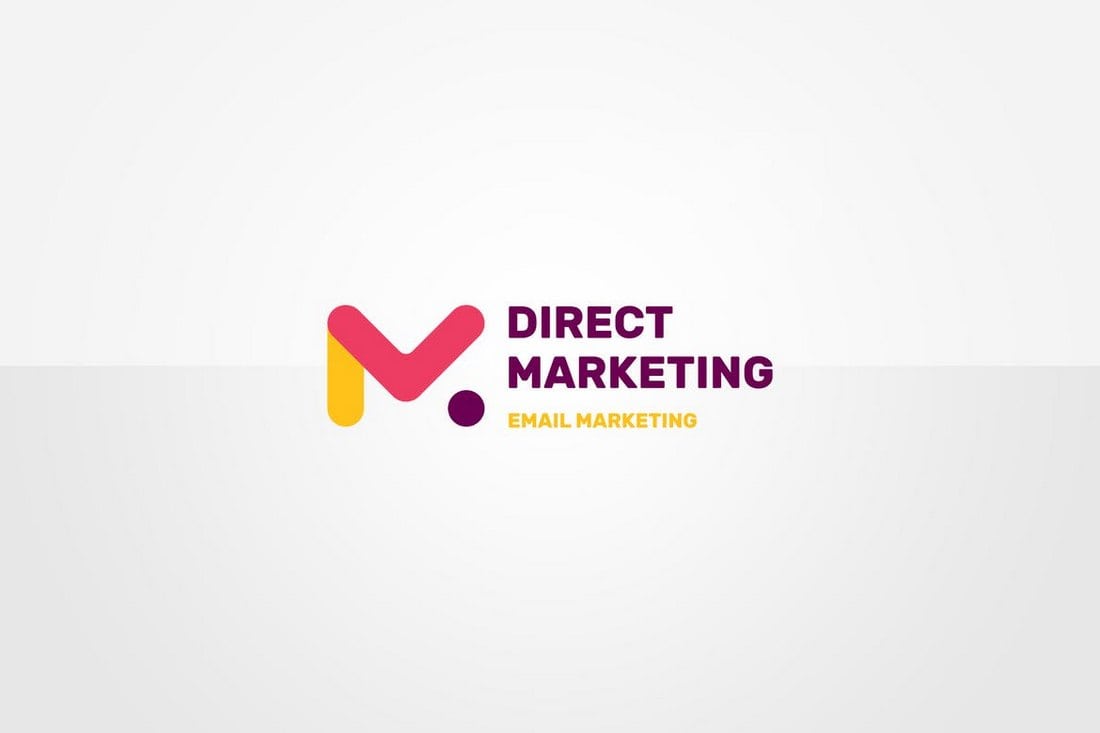
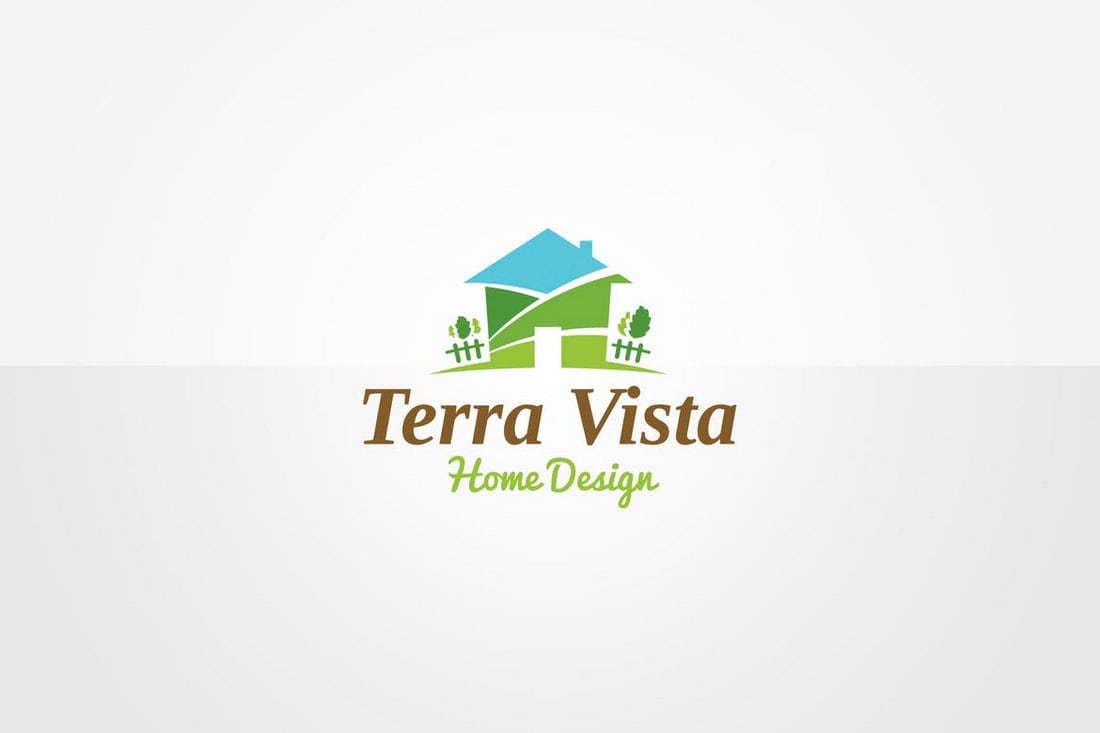
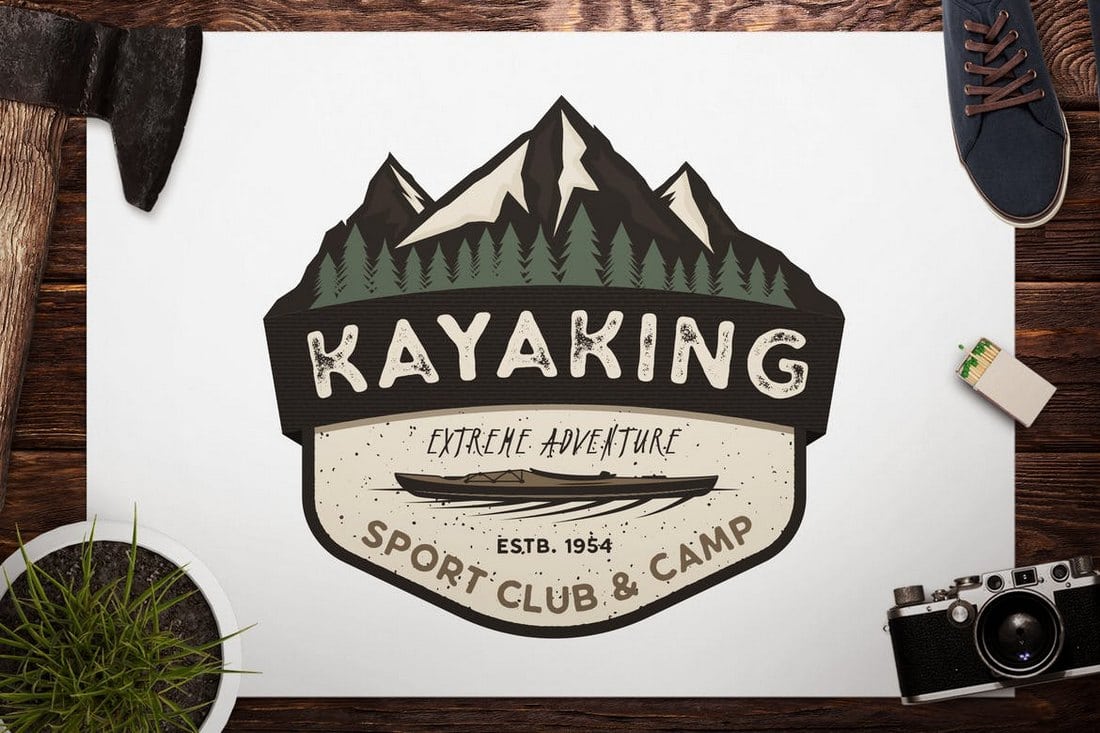
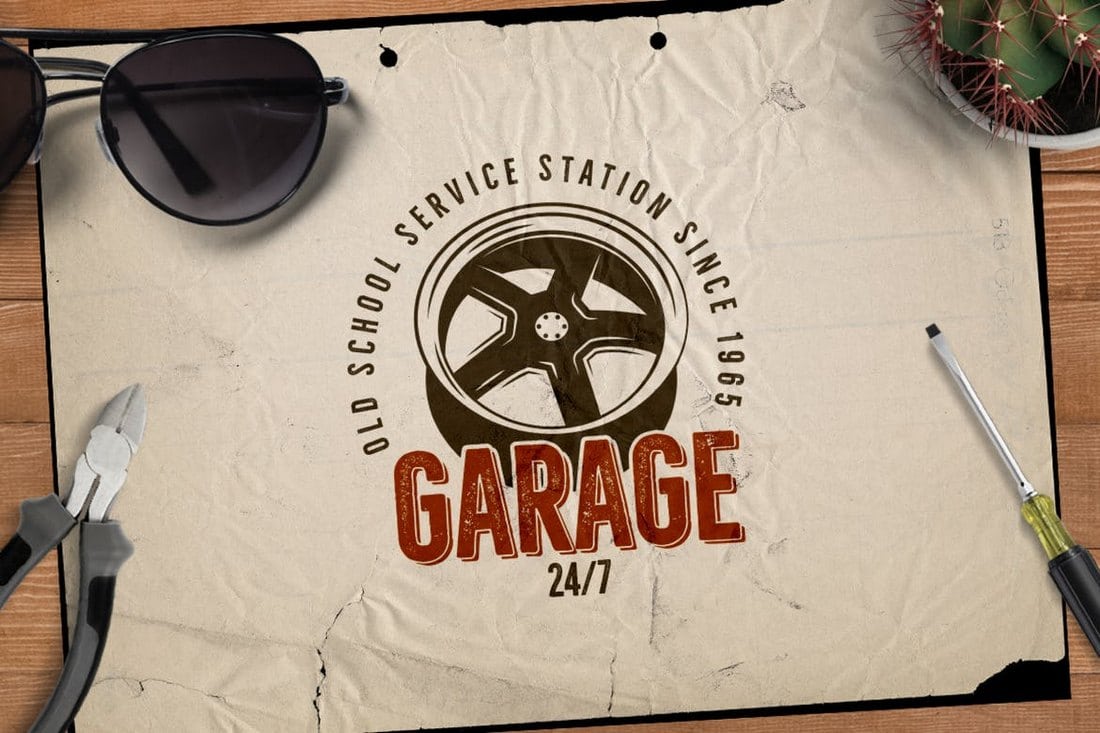
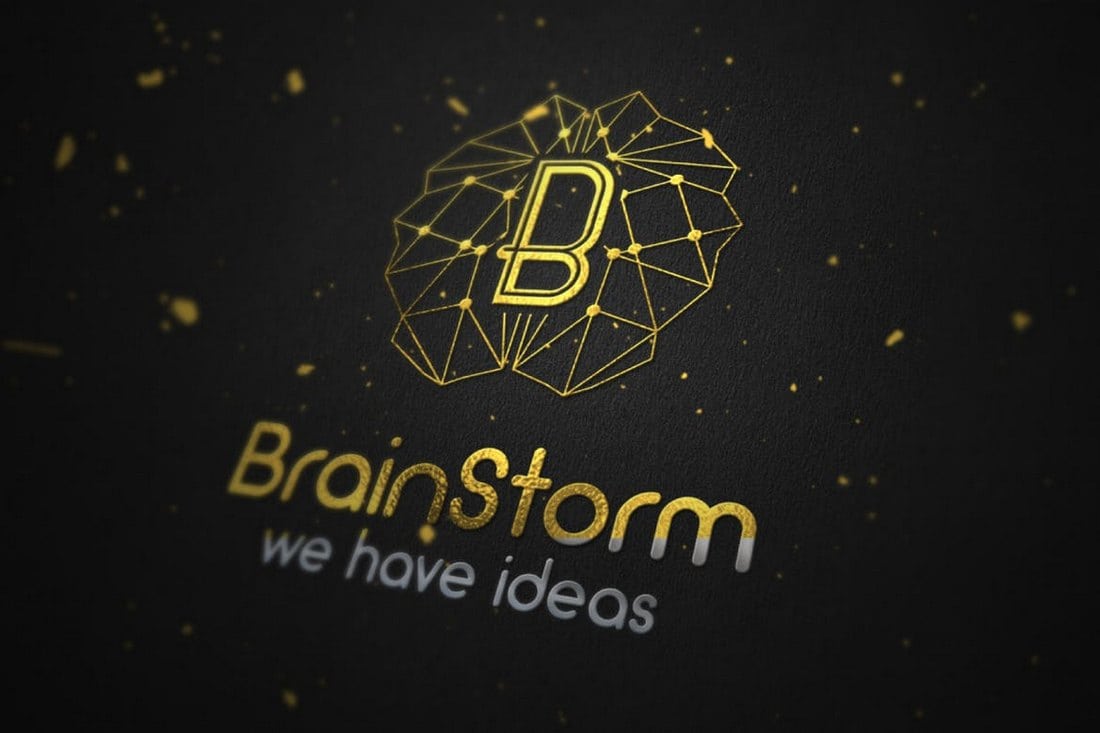

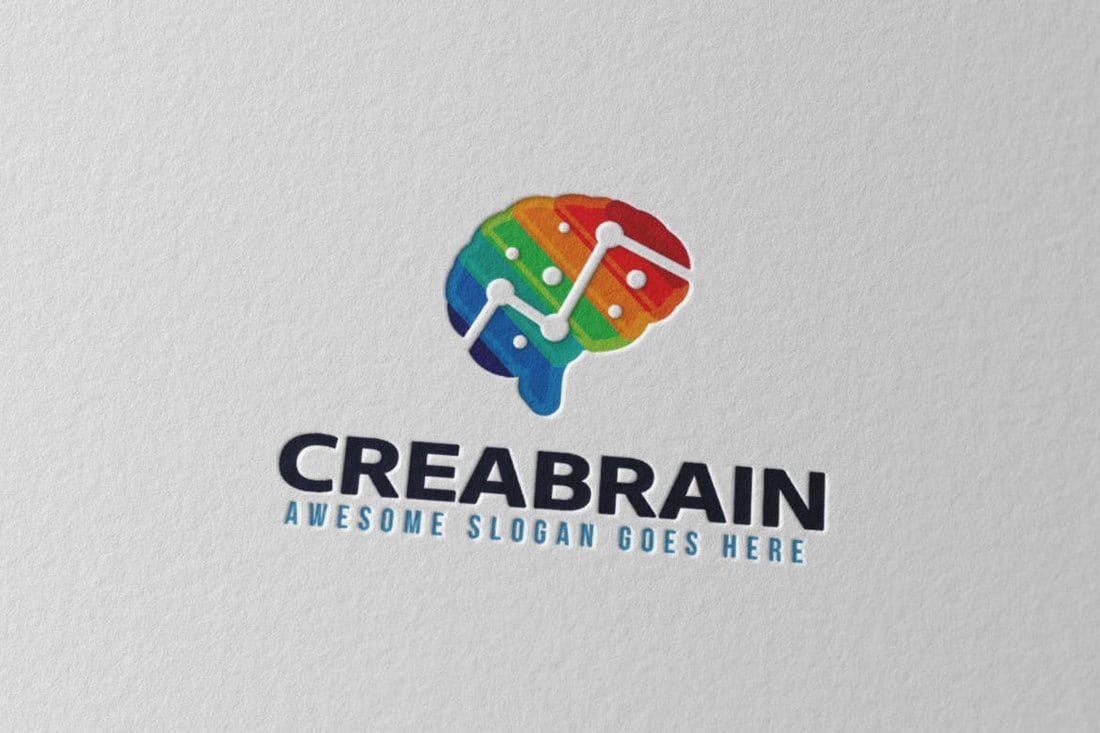
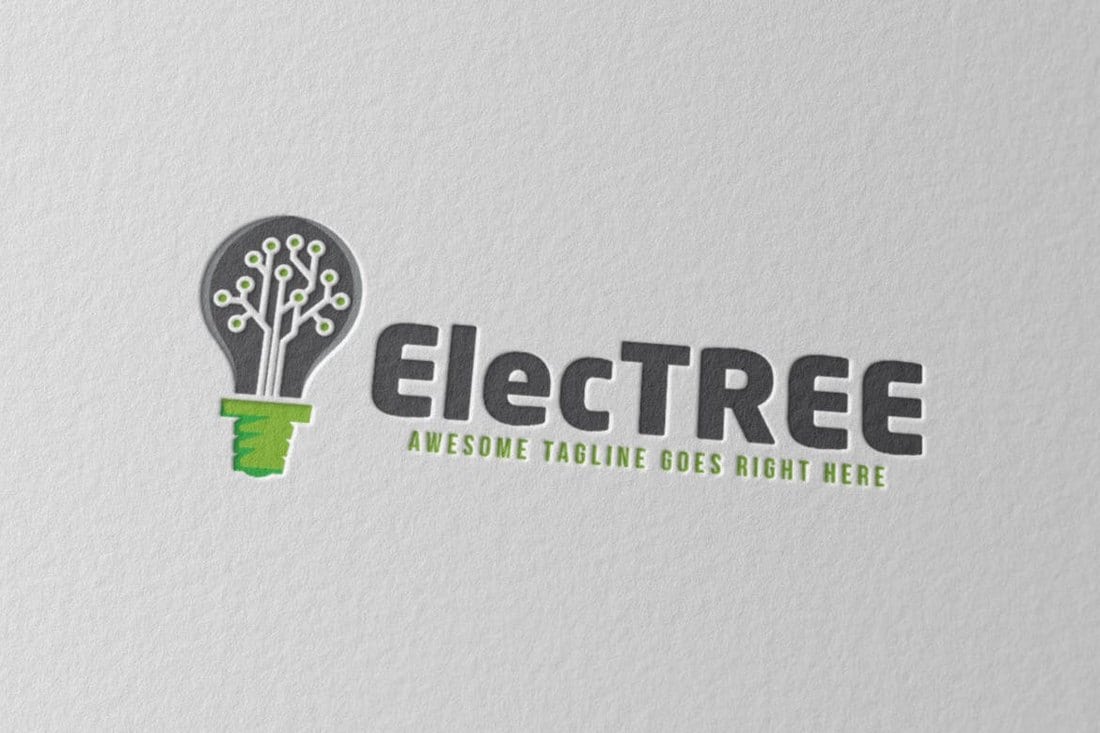
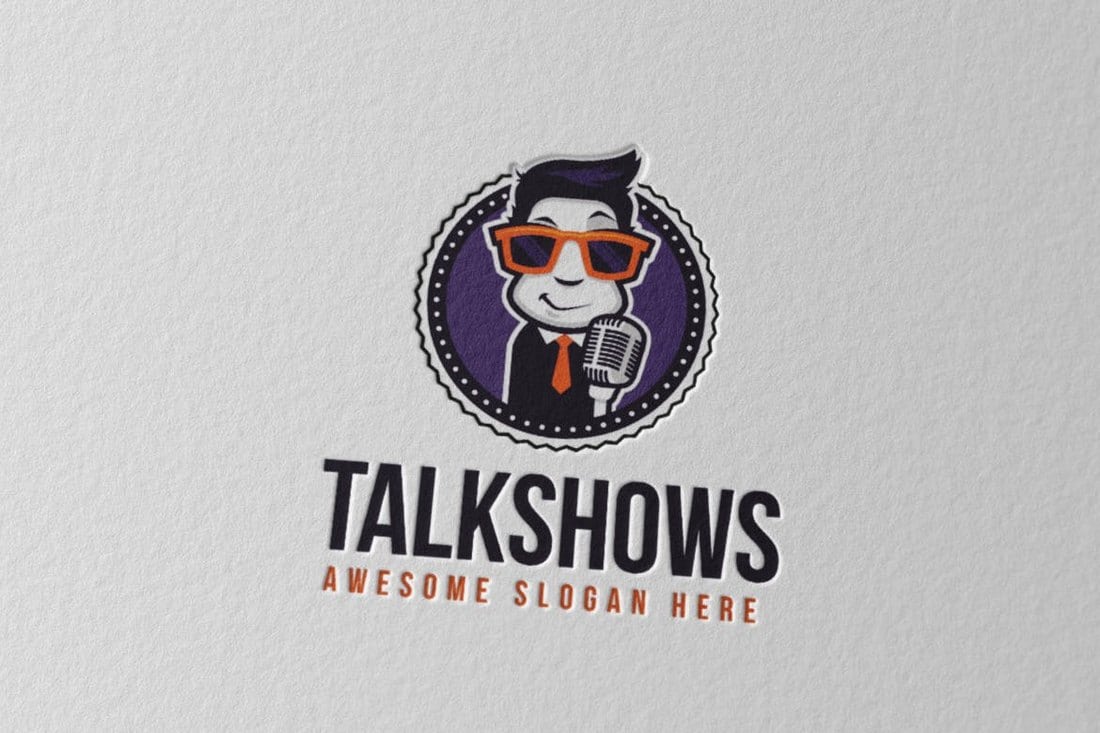

 The Internet as a concept, and as a community, is much like a teenager: it’s struggling to establish its identity, everyone is trying to tell it what to do, and it tends to lash out at both people who deserve it as well as those who don’t. It does so at random, and you’re not its real dad, anyway.
The Internet as a concept, and as a community, is much like a teenager: it’s struggling to establish its identity, everyone is trying to tell it what to do, and it tends to lash out at both people who deserve it as well as those who don’t. It does so at random, and you’re not its real dad, anyway.